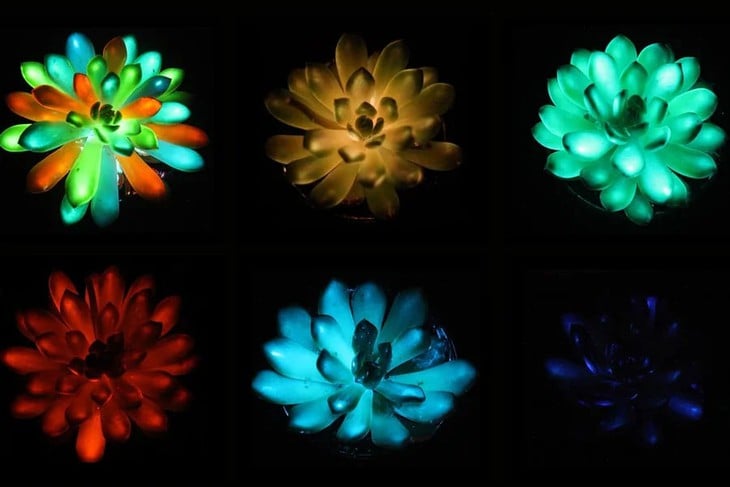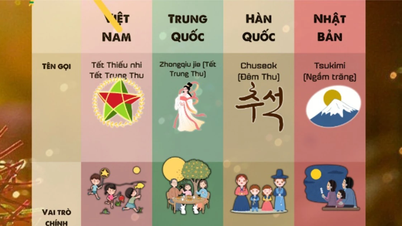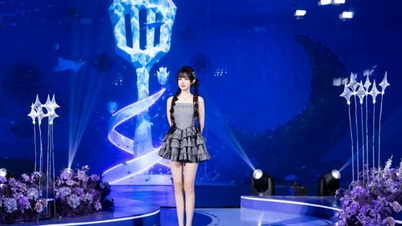
Beautiful glowing succulents at night - Photo: Matter
According to the science magazine Matter , a group of scientists at South China Agricultural University (Guangzhou, China) have just created pots of succulents that can glow in the dark.
The team injected succulent plants with microscopic phosphorous particles. This method caused the plants to glow in a variety of colors, including green, blue, purple, red, and white, with the brightness of a nightlight and repeatable for days.
The research team has filed a patent application, hoping to open up the possibility of applying it to decoration and creating "living light" in the future.
Unlike the genetically modified petunia varieties currently on the market (which only emit pale blue light thanks to a gene from a fungus), the succulents in the study can produce more diverse colors thanks to other materials: phosphor particles made from strontium and aluminum, mixed with other metals.
The glow mechanism is the same as in many of the glow paints and stickers commonly found in children's rooms, which absorb energy from light, store it, and then glow again.
The researchers crushed the phosphorus into a variety of particle sizes before injecting it into the leaves. They found that particles around 7 micrometers in size emitted a brighter and more uniform light than nanoparticles, which could fill the tissue inside the thick leaves of the succulent.
Each leaf had to be injected individually, which took about 10 minutes, but the result was that the entire plant could glow in a variety of shades. The effect lasted for up to 120 minutes after exposure and was repeatable over the 10-day experiment.
The material cost for one tree is estimated to be only about 10 yuan (US$1.4).
However, the team admits there are still many challenges. Smaller particles spread more easily through the plant, but emit less light.
Further testing is needed for long-term health effects on the plant and safety testing, particularly to determine whether the seed-bearing leaves are toxic if eaten.
Mr. Keith Wood, CEO of biotechnology company Light Bio (USA), assessed that glowing plants are unlikely to become a light source to replace light bulbs.
Still, he said, they are more decorative and entertaining. “We’re creating something fun, something interesting, something a little magical,” he said.
Source: https://tuoitre.vn/ky-thu-sen-da-phat-sang-nhieu-mau-trong-dem-20250831105821777.htm







































































































Comment (0)